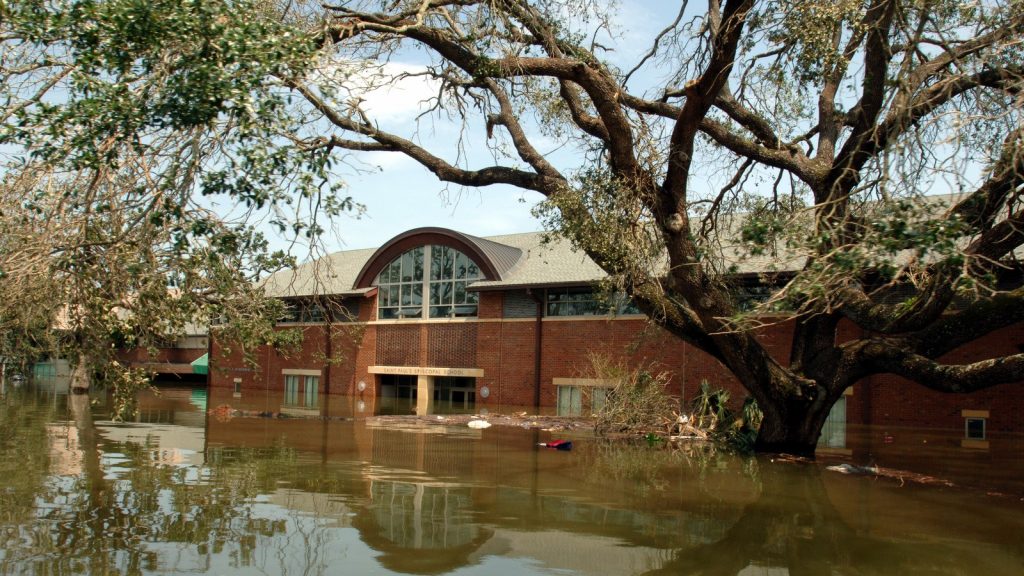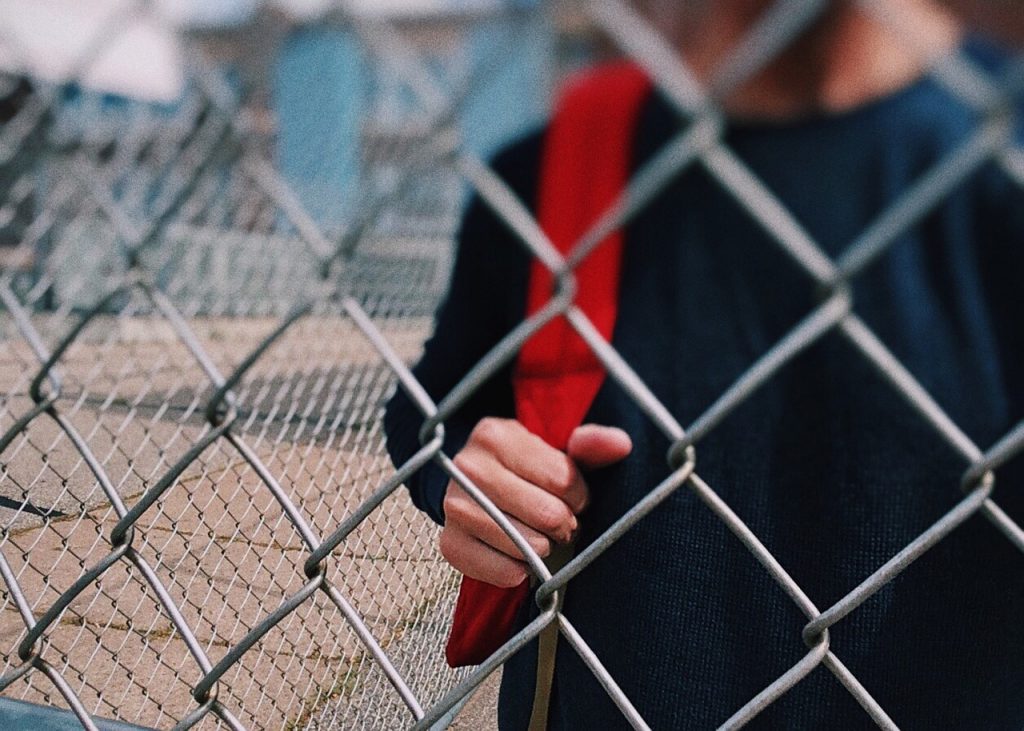School Buildings Not Prepared For Climate Change Threats
As natural disasters from climate change ripple communities, outdated school buildings suffer largely and lead to school closures.

Schools are supposed to be a safe haven for our children. But what about when they aren’t. We’re not talking about violence, such as bomb threats, fights, or even sexual misconduct. Instead, we are talking about physical safety, specifically from weather and catastrophic events. Everyone has heard the reports that Earth is in the middle of a climate crisis that likely is irreversible at this point. America’s schools are already feeling the effects of climate change, as school buildings are heavily unprepared to operate under the onslaught of weather perils.
In the United States, about one out of five students attended schools in districts that were affected by federally-declared natural disasters from climate change from 2017 to 2019. Wildfires in states like California and Colorado ravaged schools. Hurricanes through Florida and Texas decimated school buildings, and flooding in states like North Carolina and New Jersey caused more school closures. NPR followed one of those schools still reeling from the effects of climate change, and the story is absolutely crushing.
On September 1, 2021, flooding from Hurricane Ida disrupted education at the Cresskill Middle/High School in Bergen County, New Jersey. As rain waters flooded the school’s vents that were set just a few inches above the ground, a custodian became trapped overnight. Nearly seven months later, the school remains uninhabitable from the effects of climate change. Repairs have barely begun, as the district is unable to attain the hefty funds needed to repair the school.

The bill to fix the school sits at $21.6 million. That is more than two-thirds of the district’s entire annual budget. The district did purchase private flood insurance a few years ago in a means to combat the oncoming climate change leaders figured would place a toll on schools, but as flood insurance is a tricky thing, their insurer put limits on how much they could attain, capping it at a mere $2 million.
FEMA, or the Federal Emergency Management Agency, is one government agency that addresses climate change disasters. But the federal agency is so busy working with communities across the nation, the New Jersey district has been unsuccessful in getting their attention. FEMA helps with response initiatives by providing funds to communities struck by similar disasters. According to Cresskill leaders, the district would first have to pay out of pocket for the school’s repairs before applying for a 75% reimbursement from FEMA.
Cresskill Middle/High School was built sixty years ago. Like many schools across the nation, the building was built long before disastrous climate change issues like floods, hurricanes, and wildfires truly shattered entire districts at the rates they do now. The average age of school building in the United States is about 42 years old.

Many argue that the climate change issues school districts face shouldn’t be met with repairs, but instead overhauls. Cresskill school is looking at a temporary solution by implementing flood guards over the vents. But when the rain is heavy, the district will have no choice but to close school early in order to put the caps on.
Laura Lightbody, a researcher at the PEW Institute told NPR that nothing about the New Jersey school’s situation surprises her based on what she has seen. Lightbody said this was an instance of a national pattern she sees all the time where schools often sit awaiting repairs for months if not years following disasters. So the issue is pretty well known and understandable. The majority of the nation’s oldest schools are outdated and unprepared for extreme weather that continues to worsen from climate change. But with school budgets continuously being a large issue, it is unlikely states will see a huge overhaul in budget priorities set to building updates. It will likely be left in the hands of the government to address this concern or leave it as it stands, as more and more schools now face closures not necessarily from pandemics, but to climate catastrophes.







